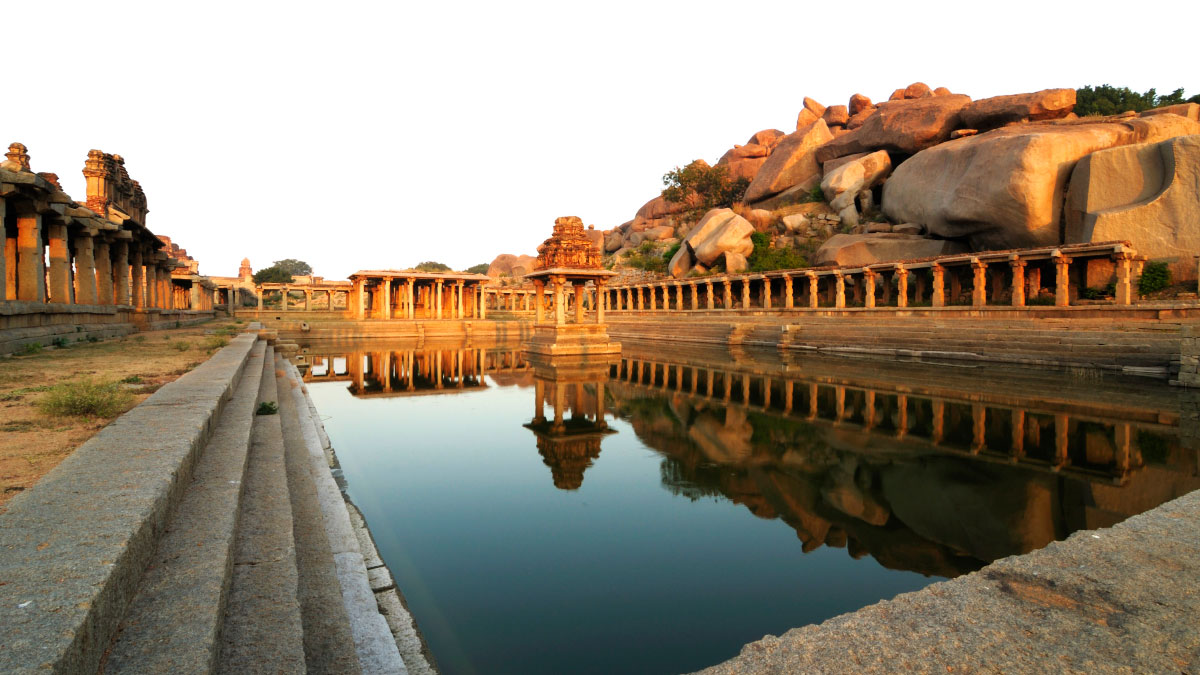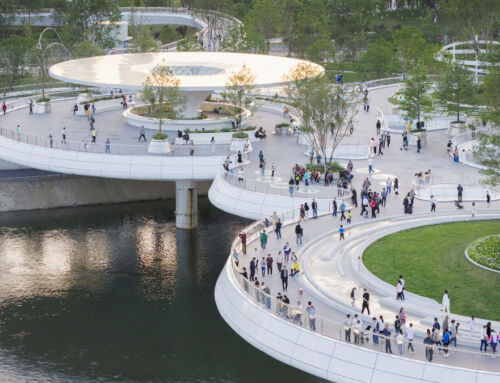From the earliest vestiges in the Indus Valley to the sophisticated Ottoman hammams, bathing, a product of the cultural and technological development of societies, went beyond pure hygiene and was a means of socialization, reflection, and physical and spiritual renewal. Below, we will trace the history of this healthy and social custom of bathing.
In the third millennium BC, the Indus Valley civilization built what is considered the world’s first public swimming pool in Mohenjo-Daro (present-day Pakistan). This large pool, measuring 12 x 7 metres, was lined with tightly fitted mud bricks and sealed with bitumen for waterproofing. Its probable religious use suggests that, from its beginnings, bathing had a ritual, symbolic, and communal component.
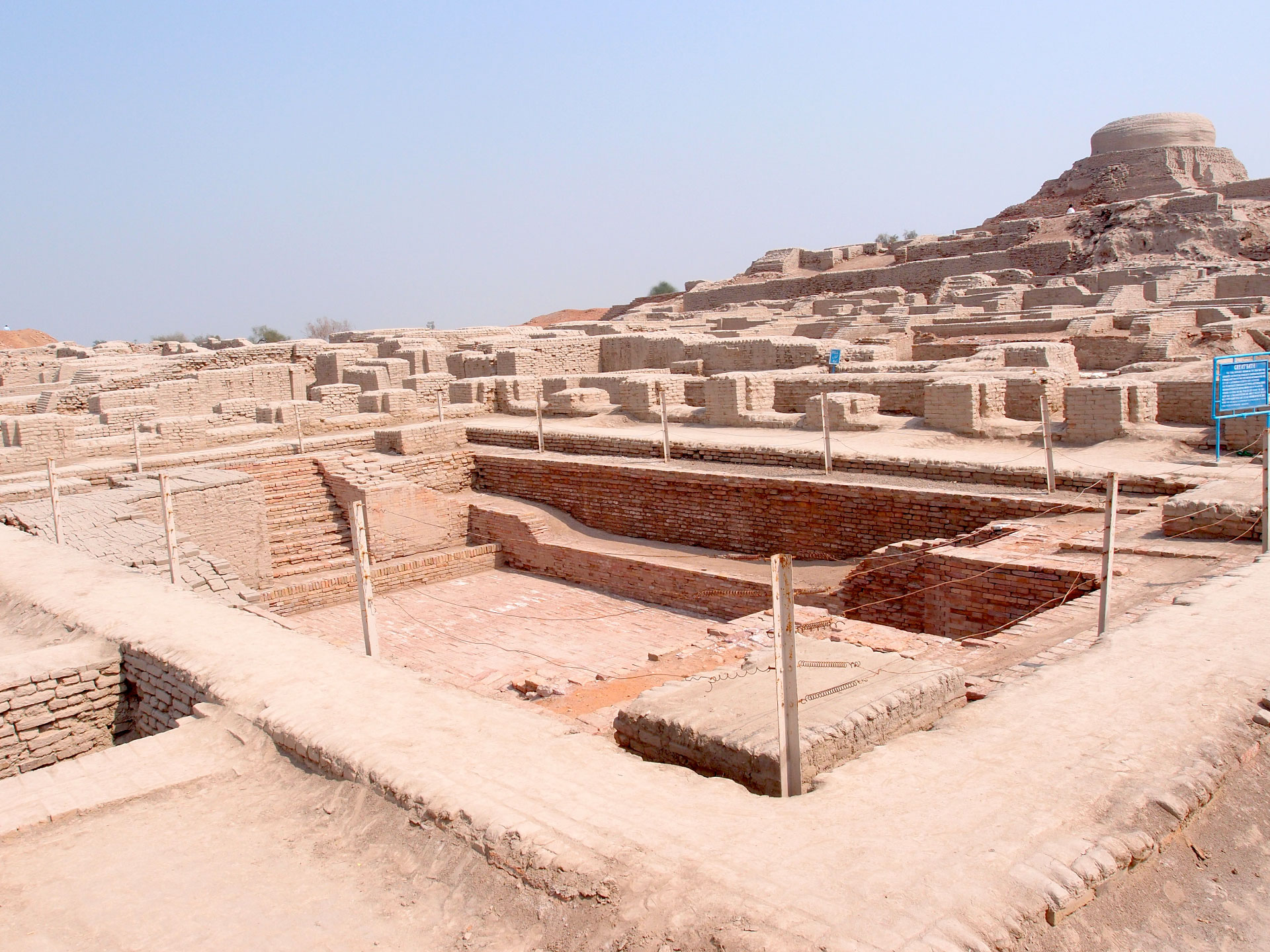
Image: Great bath of Mohenjo-Daro | Wikimedia
Greece and Rome: Baths as Centres of Social Life
In Classical Greece (5th century BC), public baths began as modest facilities, often associated with gymnasiums. Over time, they evolved into thermal complexes that incorporated heating systems such as the hypocaust, visible in the baths of Gela (Sicily).
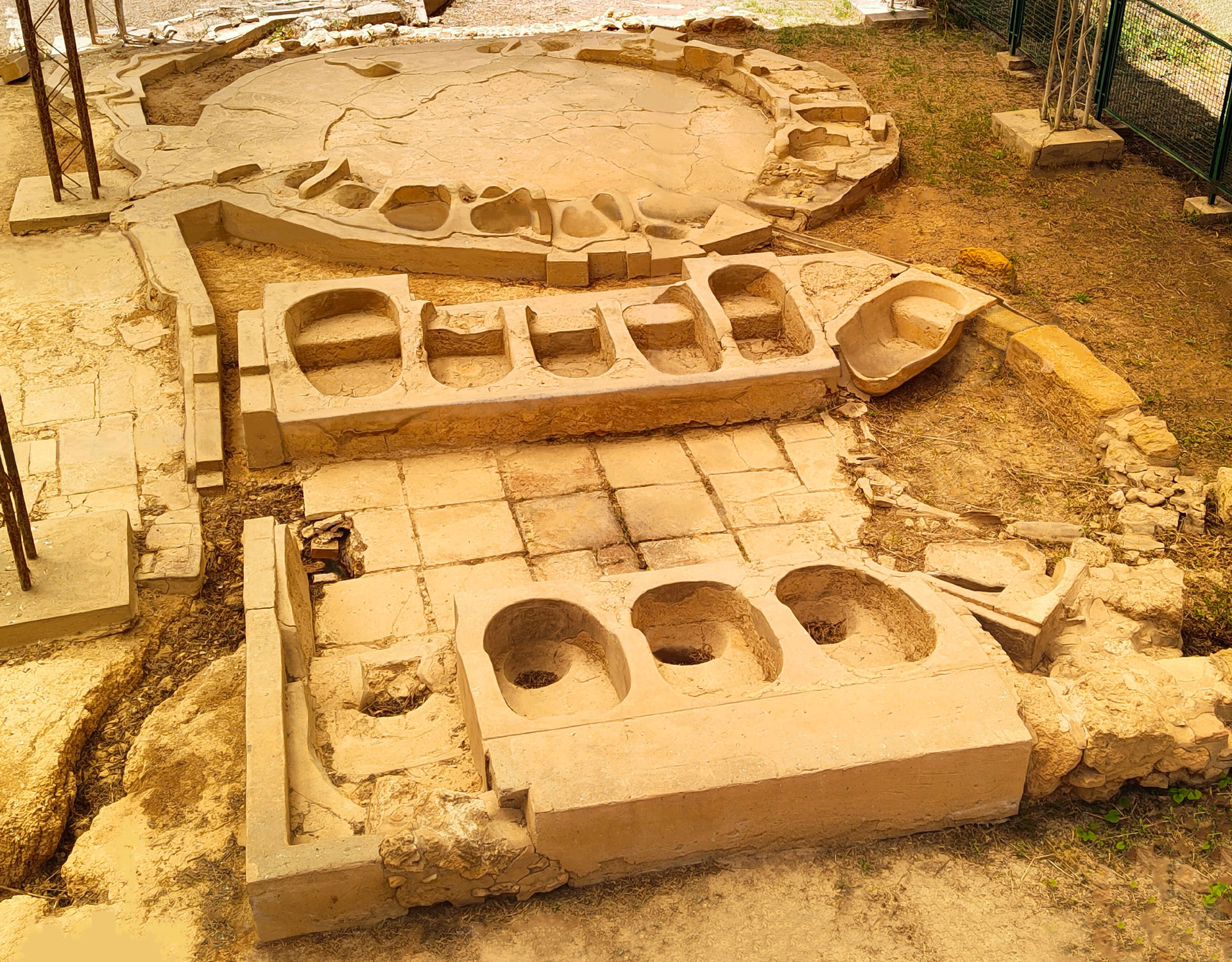
Image: Greek baths of Gela, Sicily 4th century BC. The oldest in Italy and among the first with Hypocaust (floor heating).| Wikimedia
But it was the Romans who elevated bathing culture to its highest expression. The baths they built—such as those of Caracalla or Bath—supplied by aqueducts, combined cold (frigidarium), warm (tepidarium), and hot (caldarium) rooms. These spaces served not only for hygiene but also as meeting places where politics were debated, business deals were made, and libraries and gardens were enjoyed.
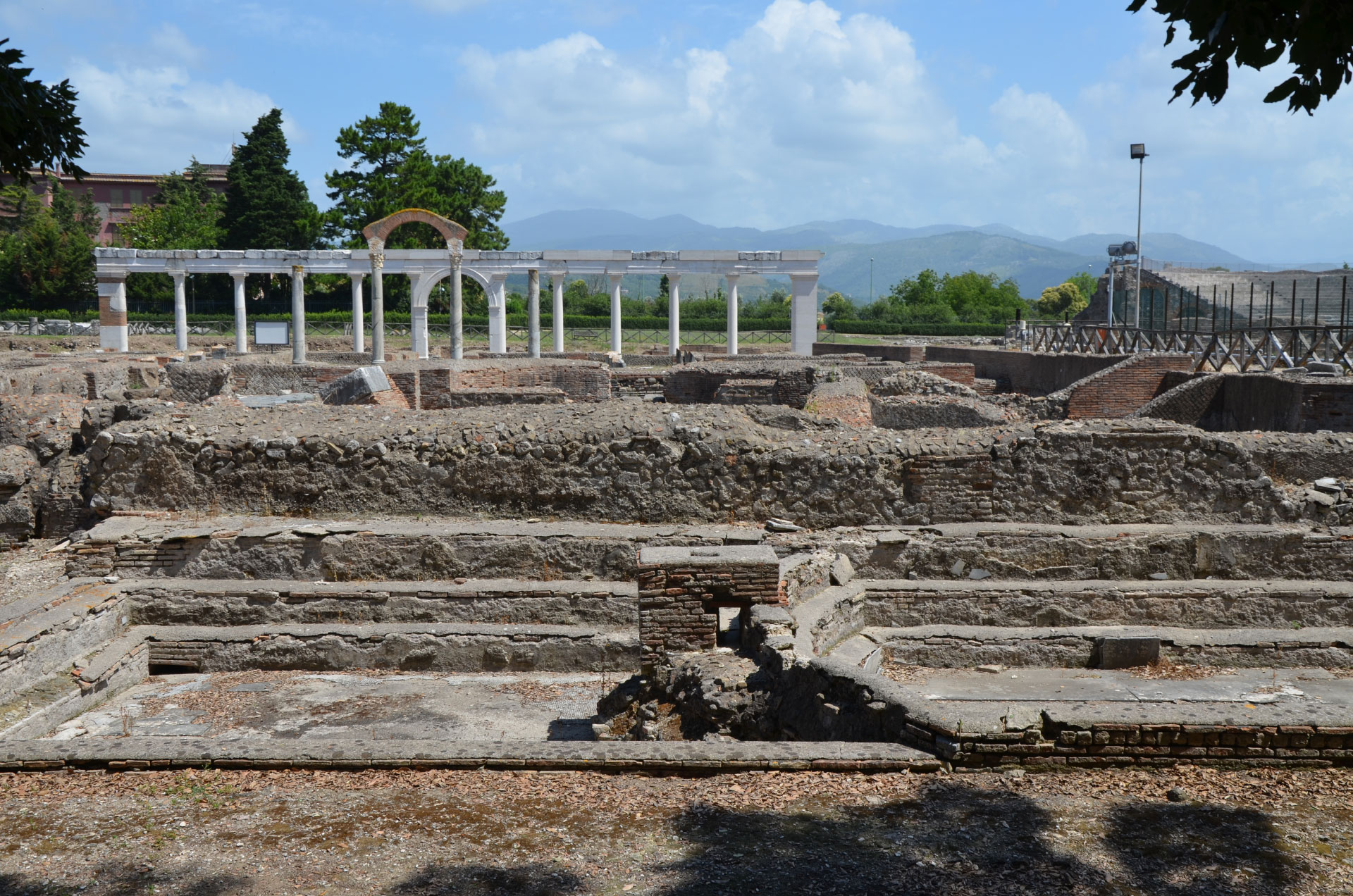
Image: Swimming pool at the Minturnae spa complex. It had a water heating system so that it could be used in winter (!) | Wikimedia
Asia: Spirituality and Technology in Water
In India, pushkarani (sacred pools) next to temples, such as the Krishna Temple in Hampi (14th century), served for purification rituals and as water reservoirs during droughts.
In contrast, in China, during the Song Dynasty (960–1279), public baths became popular, associated with services such as massages and refreshments. They offered charcoal-heated water. or took advantage of hot springs such as those in Huaqing.
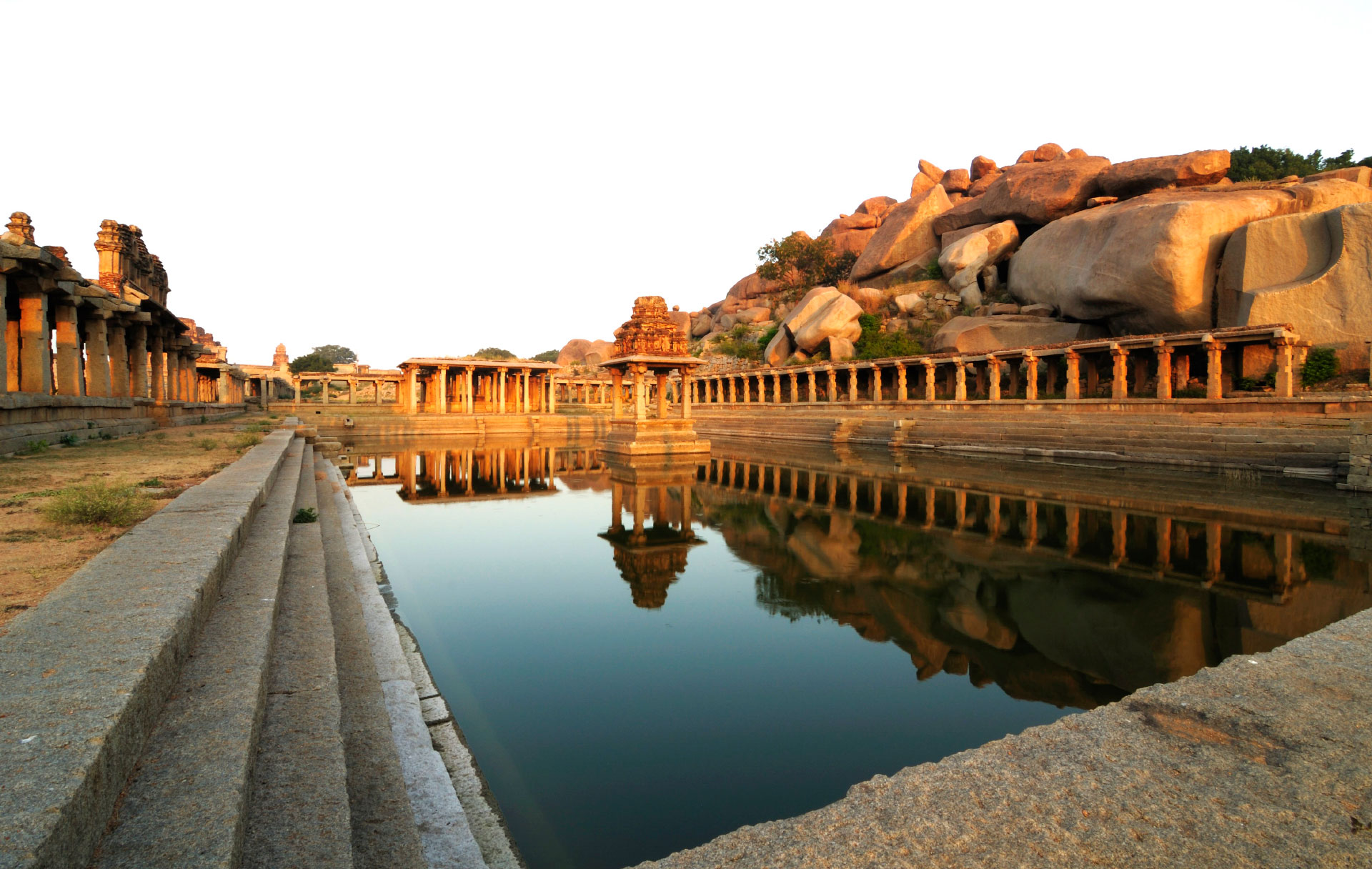
Image: Pushkarani of Krishna in Hampi (14th century) built by the Vijayanagara Empire | Wikimedia
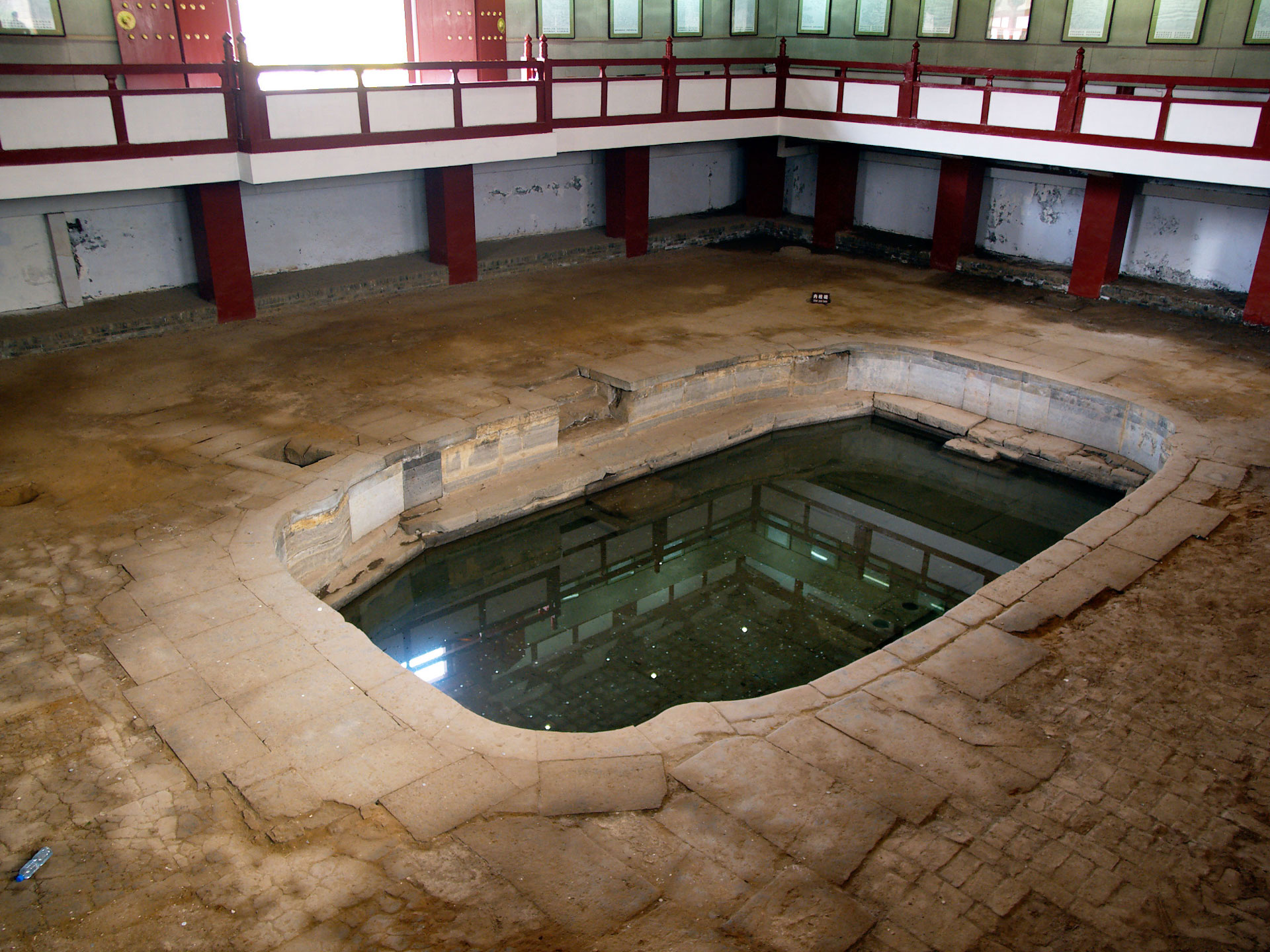
In the picture the Huaqing hot springs about 25 km east of Xi'an.
(The first stone pool was built during the Qin dynasty, from 206 BC to 220 AD) | Wikimedia
The Islamic World and Hammams
Turkish baths, heirs of the Roman baths, became social pillars of the Islamic world. With steam rooms, kese exfoliations, and spaces for conversation, hammams—such as those in Ronda (13th century)—were places of hygiene, relaxation, and community cohesion.
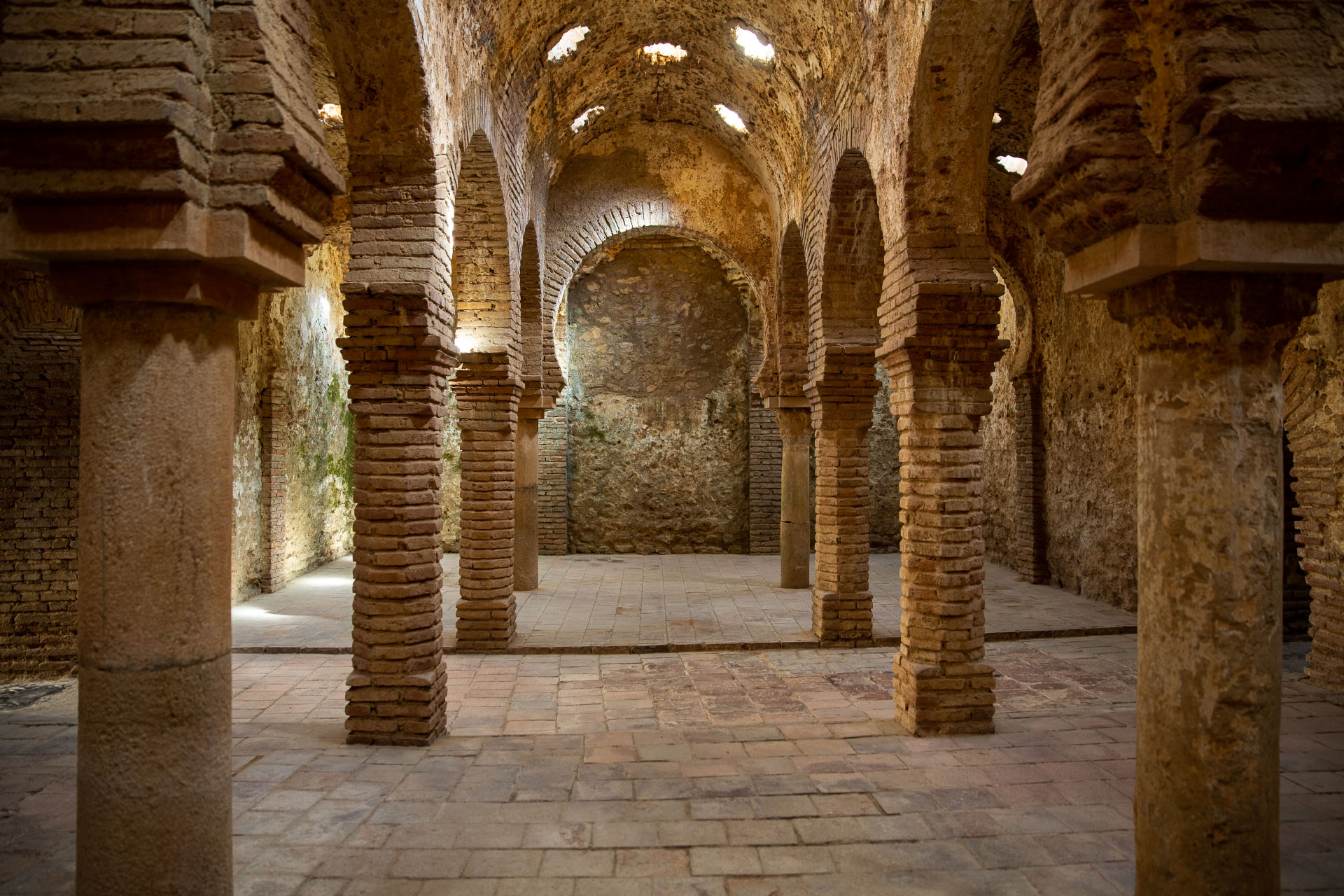
In the image the baths of Ronda s. XIII | Wikimedia
The Middle Ages and Renaissance: Between Splendour and Decline
Medieval Europe maintained a vibrant bathing culture. Urban bathhouses, with wooden tubs and olive oil soaps, were spaces where meals were even shared. However, during the Renaissance, factors such as a shortage of firewood and fears of diseases like syphilis led to their decline. The use of perfumes and clean clothes replaced immersion and hygiene in water.

Image: A bathhouse in a medieval copy (c. 1470) of the book Facta et Dicta Memorabilia (fol. 244), by Valerius Maximus, Berlin State Library. | Wikimedia
From Mohenjo-Daro to the present day, the history of bathing reveals a pattern: societies that incorporated these spaces into their daily lives prioritized health and fostered social interaction and technical innovation. Perhaps, as Roman baths or hammams suggest, their greatness lay in understanding that water not only cleanses the body, but also builds community.
By Miquel Solís, Senior Architect in the Architecture Department at Amusement Logic


